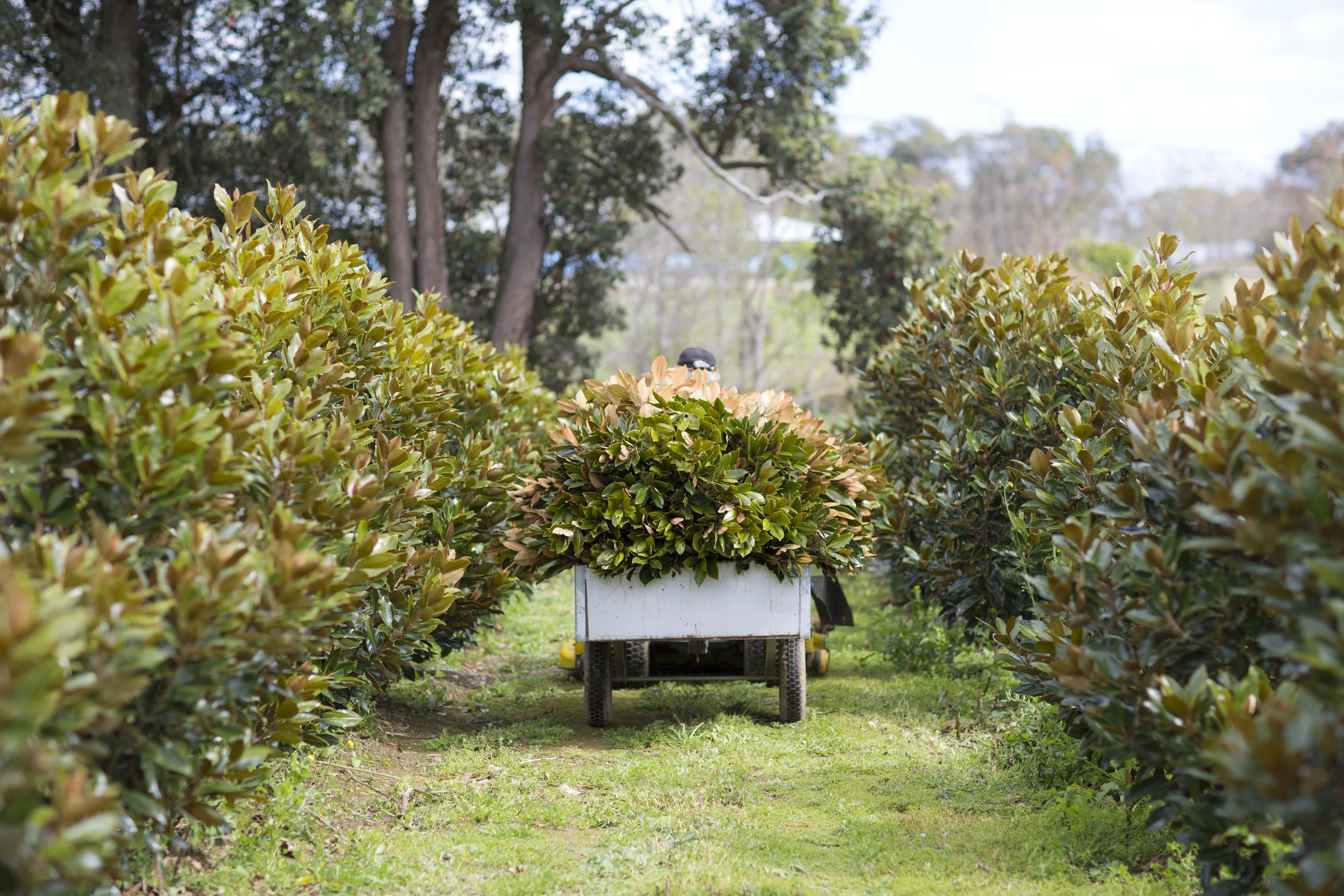Publication: The Australian
Author: Andrew Robb and Luke Hurst
Small and medium-sized enterprises are the engine room of Australia’s economy, the innovators.
Establishing an Australian Business Growth Fund could provide SMEs with the opportunity to take this capacity for innovation into the broader Asian region.
There are more than 1.32 million SMEs in Australia that account for $615 billion (57 per cent) of Australia’s GDP, employ 7 million people (67 per cent of the workforce), and pay about 40 per cent of total company tax revenue.
Asia presents a huge opportunity for Australian businesses of all sizes. By 2030, Asia is expected to account for more than 50 per cent of the global middle-class consumption market. Countries such as India, Indonesia and Vietnam are forecast to have middle-class markets $US15 trillion ($21.3 trillion) larger than today — for context, this growth is more than 11 times Australia’s GDP.
Australia’s proactive agenda of securing free trade agreements with our major Asian trading partners is helping to unlock new markets. But to succeed in the region, Australian SMEs need to develop a better understanding of cultural contexts, build trusted relationships and gain extensive experience in Asia.
The best way to build these capabilities is by being on the ground. SMEs are too focused on keeping the lights on at home to invest time and money in developing capabilities required to succeed in Asia.
A recent survey of Australian SMEs by MYOB Business Monitor found that importers and exporters were the most likely to have achieved an increase in revenue over the last year.
But Australian SMEs also reported that access to finance is the biggest barrier to expanding exports, making it no surprise that SMEs are generally niche players in international trade, accounting for only 18 per cent of the value of Australian exports, according to ABS data.
Research by EFIC (Australia’s export credit agency) concluded that the smaller the business the greater the difficulty in accessing credit.
The issue of access to finance has increased since 2014 — credit conditions and access to suitable credit lines remain a challenge, with a quarter of surveyed businesses reporting their applications for new credit had been refused.
Finance is a key enabler to being on the ground in Asia.
In the short term, it provides access to agents and consultants to tap into expert local knowledge, which can provide the confidence to take the first step into new markets. This first step is the hardest and provides a wealth of learning opportunities that build a foundation of knowledge to explore further growth opportunities in the region.
While not on a national scale, Victoria’s Asia Gateway initiative offers a leading example: on a co-contribution basis, SMEs can access funds to invest in market development planning and strategic expertise, enabling them to launch into key Asian markets.
In a similar way, an Australian Business Growth Fund could greatly broaden the opportunity for SMEs — products and services — to establish in our region.
To unshackle SMEs, the governments of the UK and Canada have already established business growth funds for SMEs. The UK Growth Fund was set up in 2011 by five major banks and offers initial equity investment of £2 million-£10m ($3.5m-$17.4m) for a minority stake. Since 2011, the fund has invested £1.6bn into more than 240 companies.
It’s not just international competitors that are advantaged over Australian SMEs. Asian SMEs also have easier access to finance in their domestic markets.
A CPA Australia survey of almost 3000 SMEs from across Asia found that only 20 per cent of Australian SMEs sought external finance in the previous 12 months compared to more than 80 per cent of SMEs in China, Indonesia and Vietnam.
Similarly, Austrade’s 2018 Australian International Business Survey found that among participating businesses engaged in international markets, funding from retained earnings was the most important means of financing export operations, with 62 per cent of respondents deeming this “essential” or “very important”, compared to just 25 per cent for funding from domestic banks.
Reducing barriers for SMEs is a matter of national significance. The government’s proposed Australian Business Growth Fund could unlock the Asian region for SMEs that have been hesitant to take first steps into the markets.
These first steps are vital to develop the Asia capabilities to compete against global competitors, win new market share and grow into the future.
Andrew Robb is the chair of Asialink Business and a former trade minister. Luke Hurst is director of research and information at Asialink Business.
Source: https://www.theaustralian.com.au/business/opinion/sme-growth-fund-could-help-unlock-asian-century-for-australia/news-story/426ac5a3739d2f6c33905ed315658ab7?login=1
